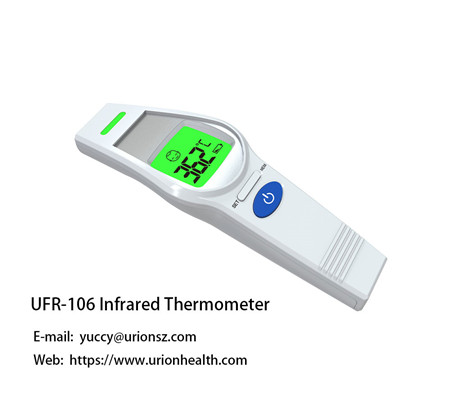Wheat bran, commonly known as bran, is one of the by-products after processing wheat flour as a raw material, accounting for about 10% of wheat seed. Because of the difference in the purpose of wheat milling and the degree of milling, the proportion of wheat bran varies greatly, and the nutrients are also different. Wheat bran has a natural moisture content of 10.0%, a maximum of 12.8% and a minimum of 6.3%. Wheat bran contains 9.5% crude fiber. The higher the flour yield is, the higher the crude fiber composition of wheat bran is, and the less nitrogen-free extract is. The more flour there is in the wheat bran, the higher the digestibility.
The metabolic energy of crude wheat bran is 7.11 MJ~6.28 MJ/kg, and the metabolic energy of fine wheat bran can reach 7.95 MJ/kg. Due to different flour yields, the crude protein content is also not the same, generally 14.4% to 15.0%, more than 18% or more, ranging from about 12%; although wheat bran contains higher crude protein, its quality Poor, its amino acid content can not meet the nutritional needs of pigs and chickens. For this reason, when wheat bran is used as a feed ingredient, consideration should be given to balance adjustment with high quality protein feed.
Wheat bran contains abundant manganese, zinc, selenium and vitamin B family, but no vitamin B12; more phosphorus, less calcium, phosphorus in phytate accounted for 2/3, pigs, chickens can not be absorbed. In addition, wheat gluten has loose texture, large volume, and good palatability. It is a good feed for all livestock. For dairy cows and equine animals can be fed in large quantities, help gastrointestinal motility and maintain the health of the digestive tract. For breeding livestock, especially before and during lactation, it is more healthy. Wheat bran is not suitable for finishing pigs and broilers. Wheat bran is a good feed for breeding pigs, and it is also a good feed for laying hens. It can regulate the over-concentration of rations and is beneficial to normal digestion, especially for high-density cage chickens. For growing chickens that have limited feeding periods, wheat bran accounts for 30% of the diet and has a good effect.
Wheat bran can be called a health food. However, wheat bran is easy to be corrupted and moldy, and it must be kept dry and ventilated when it is stored.
The amount of wheat bran used: Feeding pigs generally account for 12% to 15% of the compounded diet, piglets 5%, chicks 3% to 4%, broiler chickens 10% to 15%, laying hens 5% to 10%, postpartum dams 20 %~25%, generally 30%~40% of horse fodder concentrates. In addition, you can feed more in the summer and feed less in the winter.
China Thermometer Supplier
This Infrared thermometer includes sensing head, indicating lamp, display screen, settings, memory, ON/OFF and battery cover.
As a high-quality product with infrared technology mainly designed for human`s body temperature, 32.0℃~ 43.0℃ (89.6℉~ 109.4℉), this infrared thermometer can ensure the accuracy of measurement through self-checking when it turns on.For this infrared thermometer, there are two measurement methods, (1) Sensing measurement: The infrared thermometer will automatically measure the temperature when the sensing head senses the objective at 1CM; During the sensing process, it is not necessary to contact the objective; (2) Manual measurement: When the infrared thermometer turns on, press the [ON/OFF" key, push forward the key and then target at the objective at 1CM with the sensing head. the measurement can be completed within several seconds. During the sensing process, it is not necessary to contact the objective.
Note: For both methods mentioned above, a second measurement can be conducted through pressing the [ON/OFF" if the infrared thermometer will not be moved after the first measurement.
  |
digital thermometer,infrared thermometer,forehead thermometer
Shenzhen urion Technology Co., Ltd. , https://www.urionhealth.com